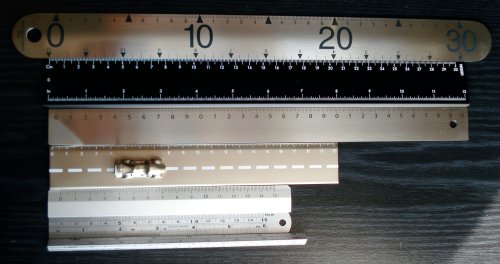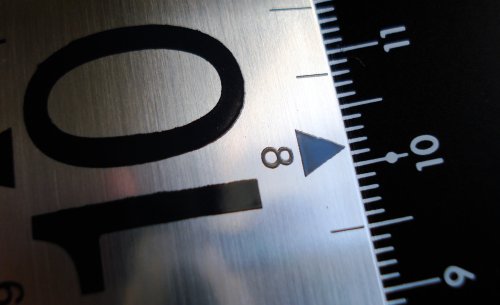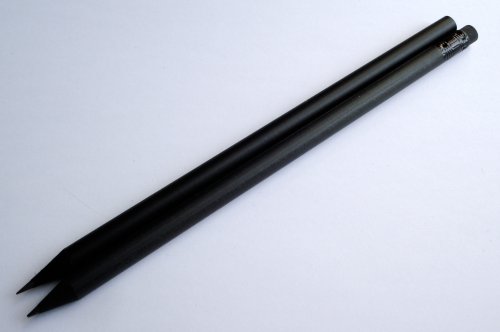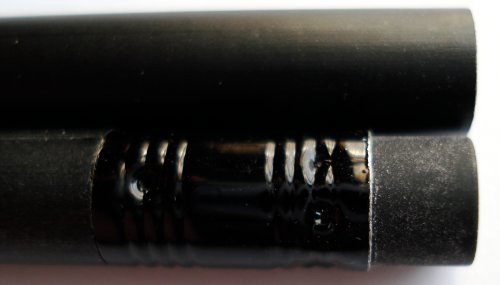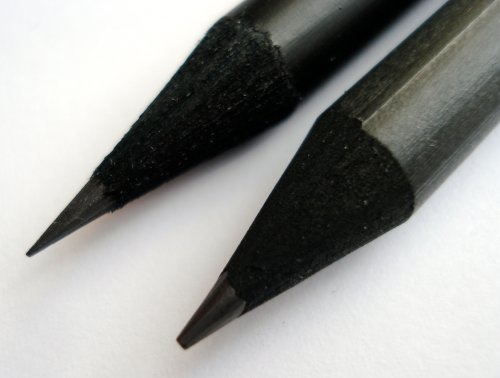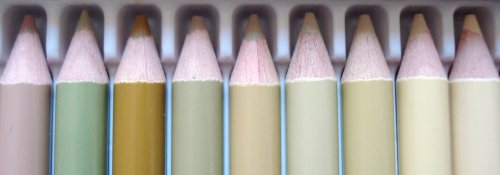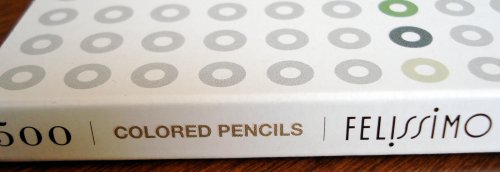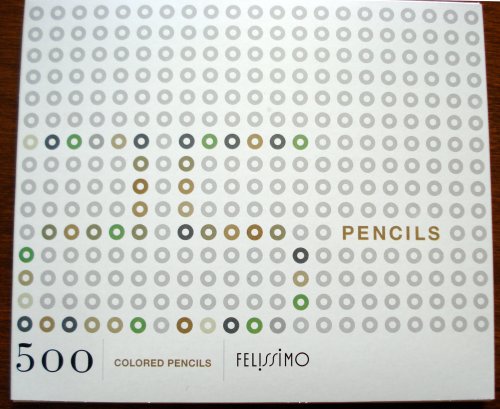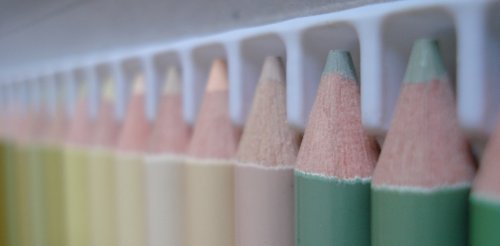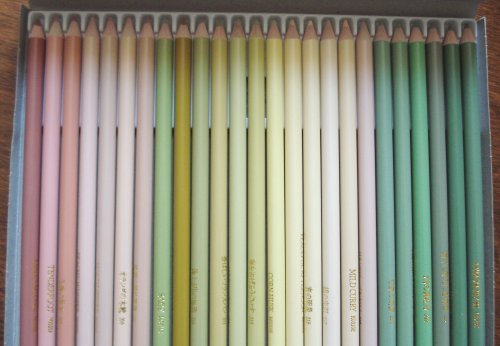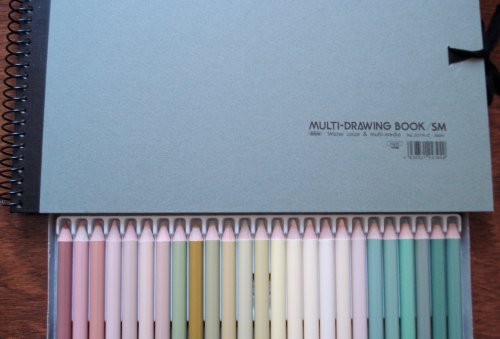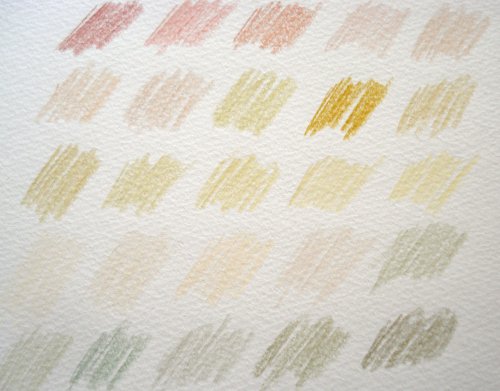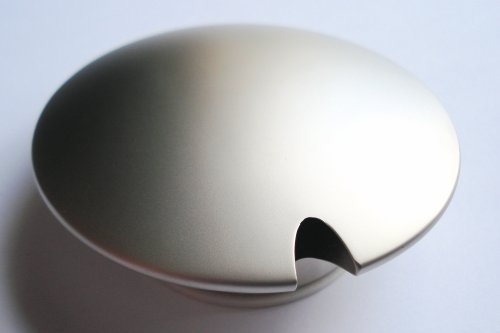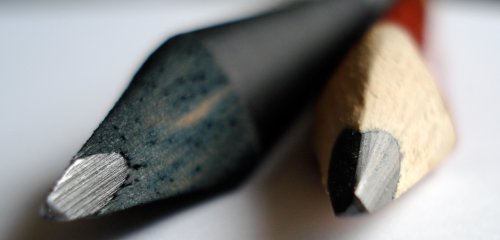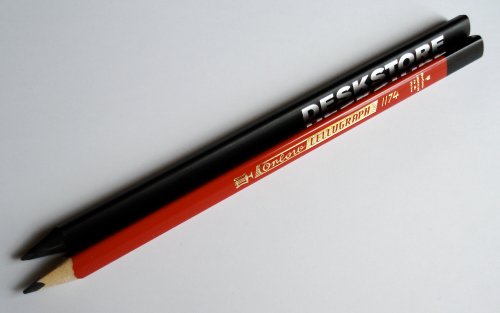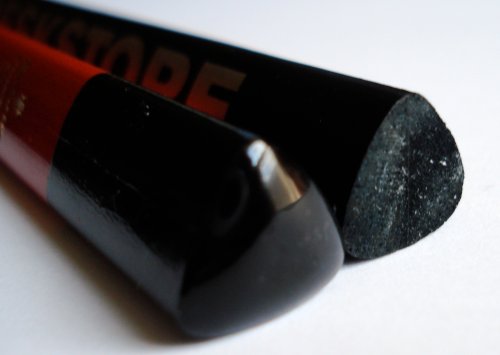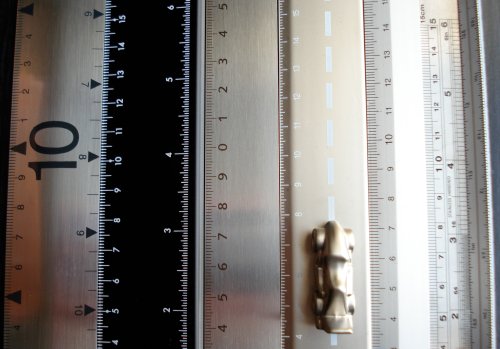
Rulers can be practical and attractive desk accessories.
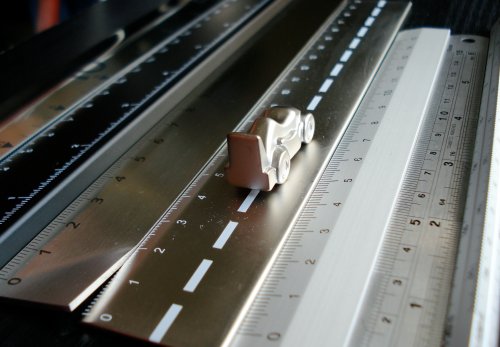
Here are a few that I’ve recently acquired and like. (Described in the order seen in the top photo, left to right.)
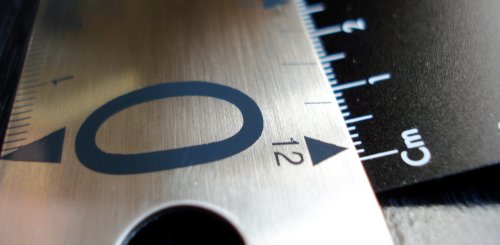
From Folle, designed by Folmer Christiansen and made in Denmark, is the 2100. Danish design for the desk doesn’t disappoint! A stainless steel 30cm/12in ruler, it has large numerals at the 0, 10, 20, and 30 cm marks, and a shoehorn-like curve. It is the only ruler seen here that I would classify as expensive.
From Lexon is a black metal 30cm/12in ruler with a ‘foot’ on the imperial side which makes it stand up.
From Elmar Flötotto is a pure steel 30cm ruler designed by Jürgen Schebendach. It is very solid and heavy. The numbers cycle – 0, 1, …, 8, 9, 0, 1, … – so there are four 0s on the ruler. I love this – it might be whimsy, or a design choice, or it might reflect a perspective on the deeper structure of the integers. We don’t know, but we can enjoy.
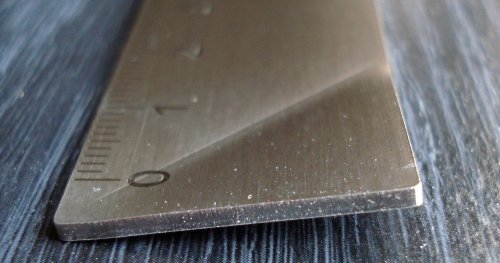
Also, a corner is bent – a solution to the problem of how to pick up the ruler. Thought provoking as well.
I am amazed that something so simple can be so nice.
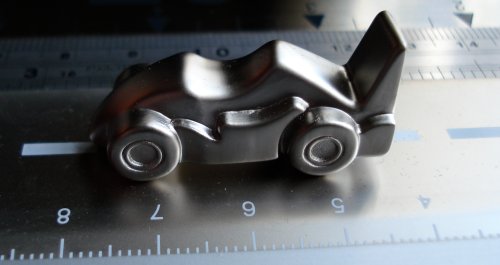
Troika (I’ve admired their pencil sharpeners, though have never bought one) have a 20cm ruler adorned with road lines and a racing car.
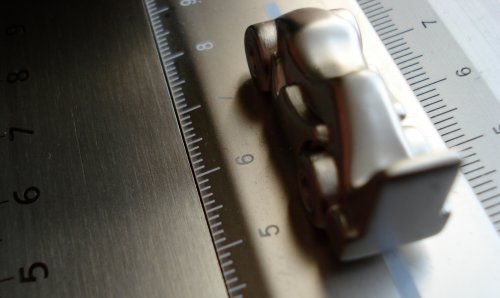
The next two are no-name (as least to me) but also high quality.
Finally, from Emform, a miniature architect’s scale called the Moritz.
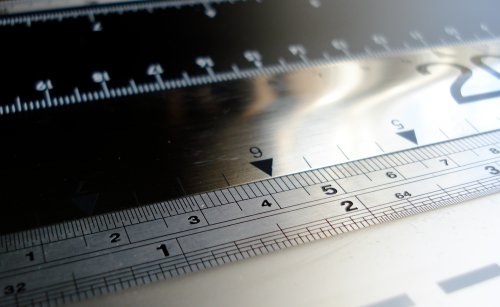
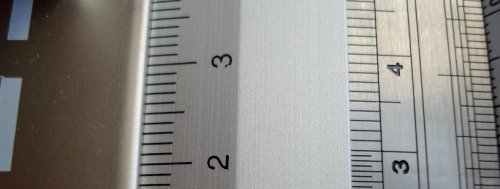
Mentioned rulers:
Folle – Stainless Steel No. 2100. Designer: Folmer Christiansen
Lexon – LD74N. Designer: René Adda
Elmar Flötotto – Pure Steel Ruler. Designer: Jürgen Schebendach
Troika – Speedy RUL27/MA
Emform – Presenti Moritz
